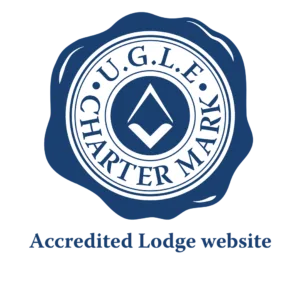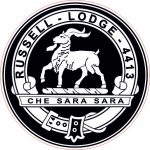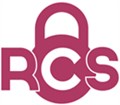First Worshipful Master of Russell Lodge No. 4413
W. Bro Dr. Rowland Hill Coombs PAGDC (1844 – 1929)
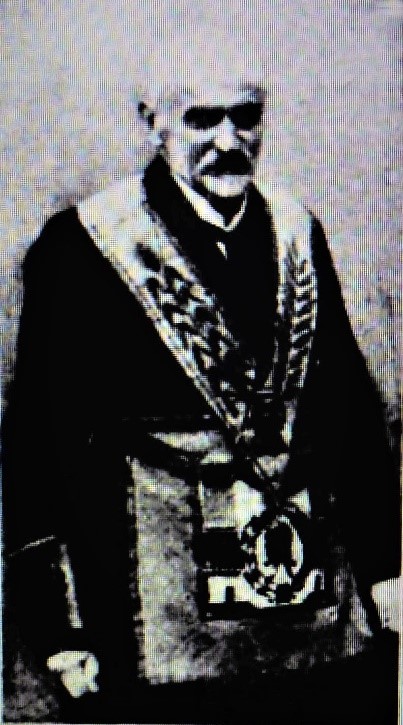
W.Bro Dr Rowland Hill Coombs was an exceptionally eminent Bedfordian who lived a long life full of many achievements and diverse interests. His father, Dr. James Coombs was a doctor and a chemist, who, like Rowland, served as Registrar of Births and Deaths for Bedford and who was the town’s Mayor in 1891. Rowland’s mother, Martha, died aged 34 following the birth of her fifth child Helen in 1853. In 1851 the family home was at 40 High Street, Bedford. They subsequently moved to 28 Mill Street.
Rowland was the oldest of 5 children. His siblings were Martha, Oliver (who also became a doctor and like his father and older brother served as Bedford’s Registrar of Births and Deaths), Frederick and Helen.
As an adult Helen Coombs became a supporter of the Bedford Society for Women’s Suffrage, serving as their Honorary Secretary.
School and Career
Initially Rowland went to the Bedford Modern School, later moving to the Bedford School. At the age of 18 years he left school to start his four years of medical training at St. Bartholomew’s Hospital. He spent some time at the Hotel Dieu de Paris, which was founded in 651 AD and thought to be the first hospital in Paris. During his time there he became well versed in both the French language and the French medical practice. He returned to Bedford in 1867 to take up the appointment as the Consulting Physician to the Infirmary, a role he would remain in for more than fifty years. He was the Medical Officer to both the Elstow School and the Isolation Hospital. He was an active member of the British Medical Association. He held the office of President for the South Midland Branch in 1894.
For many years Dr. Coombs was the surgeon to the Bedfordshire Militia. As well as being Lieutenant-Colonel in the Royal Militia Staff Corps, when the Militia merged with the Special Reserve, he was raised to Surgeon Lieutenant-Colonel in the Bedfordshire Regiment.
Masonic History
On the 24th February 1869, Dr. Coombs was initiated into the Stuart Lodge No 434 and from 1879 to 1880 served as the Worshipful Master. In 1910, he was made Assistant Grand Director of Ceremonies of the Grand Lodge of England.
On 31st March 1922 became the first Worshipful Master of the Russell Lodge.
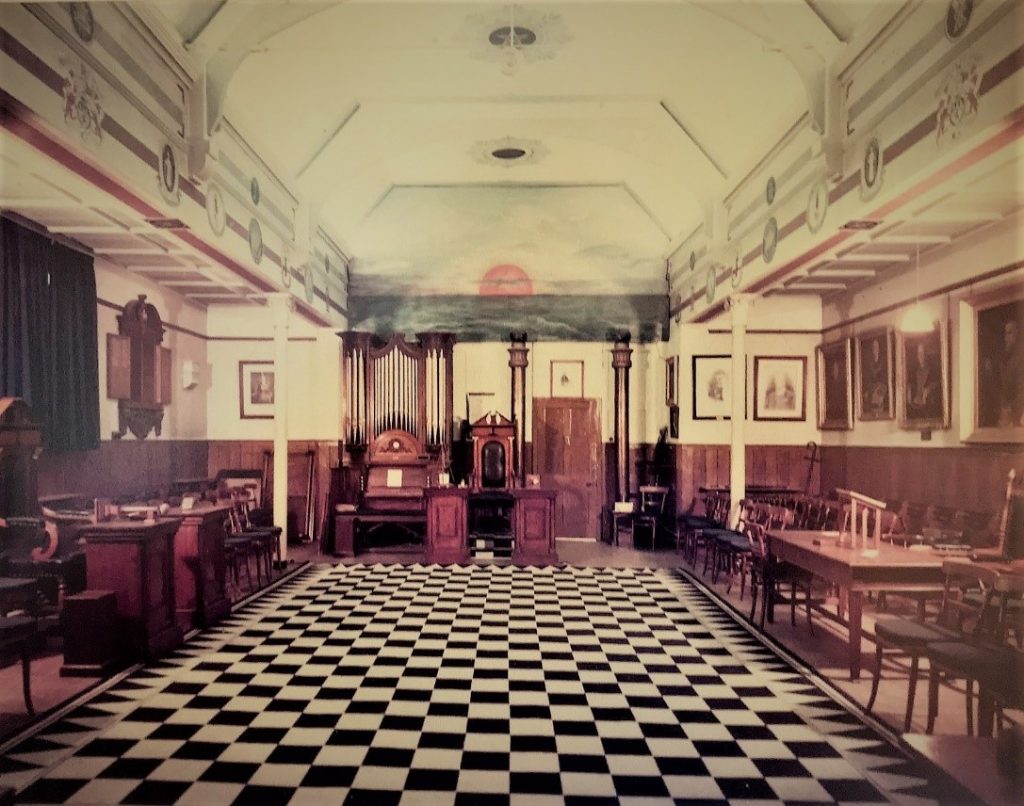
Public duties & Interests
For many years Dr. Coombs was a trustee for Bunyan Meeting. The early years brought him into contact with William Hale White (Mark Rutherford), author of Catherine Furze in which most of the scenes were set in Bedford. He was the son of William White, the High Street bookseller who came to be the doorkeeper of the House of Commons.
Dr. Coombs had been witnessing much-needed change to improve the health of the people. This change was known as the ‘Public Health Act of 1875’, which forced Councils to improve housing, sewage, drainage, and water supplies. In Bedford at that time sanitary conditions were poor. As a result, outbreaks of typhoid and cholera were frequent. After 1875, one of the most important results was the fall in deaths from smallpox from when enforced vaccination was set up. Dr. Coombs was known as a ‘Public Vaccinator’. Deaths from cholera were few; deaths from the other dirt borne disease, typhoid, declined and so did deaths from tuberculosis. This gave Britain the most far-reaching public health system in the world.
Dr. Coombs also played an important part in the public life of Bedford. In 1909, he was appointed Deputy Lieutenant of the County. He was the oldest Justice of the Peace for the Borough, a post he held from 1894. At one time he was the Director of the House of Industry.
In 1922, in his seventy-eighth year, Dr. Coombs passed the exam for the Membership of the Royal College of Physicians. He was thought to have been the oldest candidate who had ever sat for that exam. His success brought him compliments from all parts of the world.
One of Dr. Coombs’s chief interests was in the arts. He was a member of the Bedfordshire Historical Record Society and of the Bedford Arts Club. He was well-read in Greek and Latin and classical literature. He was also the author of “Brief Historical Sketches of the ‘Abernethian.” This was known at one time as “The Medical Philosophical Society of St. Bartholomew’s Hospital.”
When Dr. Coombs was in his eighties, a journalist from the ‘Bedfordshire Times and Independent’ asked him what the earliest event was he remembered. He replied, “The outstanding event of my childhood was being taken to London by train, which went through Bletchley. When I was about seven years old my father took me to the Great Exhibition in Hyde Park. The glass building being removed to Sydenham a few years afterwards and being known as the Crystal Palace. There were enormous crowds of people, and I was lifted on to the shoulders of my father, or my uncle. I am not sure which one it was.”
Bedford Murder…
On Tuesday 17th July 1883 Dr Coombs was sent for to go to a tragic incident at the small paddock, an area used for lawn tennis, at the rear of the Ship Inn, St. Cuthbert’s, Bedford. The events leading up to the tragedy started at about 7 pm. While four friends were playing tennis in the Ship paddock, 22-year old Hubert Wigram Veasey Vere showed up. He saw that 20-year-old Eleanor Evelyn McKay was there. Charles Stimson, solicitor, waved for to him to go away, as Hubert and Eleanor were not on speaking terms.
Hubert left the paddock but came back soon afterwards. He walked up to Eleanor and shot her. The bullet entered her left side, and then Hubert turned the gun on himself. Edgar Kempson, son of the Rector of St. Cuthbert’s Church, ran to fetch Dr. Coombs. When Dr Coombs arrived, he found the body of Hubert lying with his face upwards. Seeing that he was dead Dr. Coombs went over to see Eleanor who was lying on the ground unconscious. She died a few minutes later.
The next day Dr. Coombs made an external examination of the body of Eleanor. He told the inquest “There were marks of gunpowder upon the clothing, and of burning. The right side of the heart was penetrated.”
The jury returned the verdict that Eleanor McKay was wilfully murdered by Hubert Vere. A letter was found on Hubert Vere’s body addressed to his mother, with a cross in ink. The contents of the letter were kept secret, and a verdict of “Suicide during temporary insanity” was returned.
The funerals of Eleanor and Hubert were held on the same day. Eleanor’s funeral took place first at noon. They were laid to rest a short distance from each other in Foster Hill Road Cemetery Bedford.
Requiescant in Pace.
W. Bro Dr Rowland Hill Coombs passed to the Grand Lodge above at home “Redburn” Rothsay Place, Bedford on 3rd March 1929 at the age of 84. He was laid to rest with his wife Caroline who died at the age of 64 in June 1921 at Foster Hill Road Cemetery.
Dr. Coombs played an important part in the public life of Bedford. He was the oldest justice of the peace for the borough, his appointment dating from 1894, a trustee of St. John’s Hospital and of the Bedford Municipal Charities, and a former director of the House of Industry. In 1909 he became Deputy Lieutenant of the County, an office he held until his death.
He was survived by his three daughters Muriel, Annie and Dorothy and his son Dr. Harold M. C. Coombs, who had a practice in Bedford.
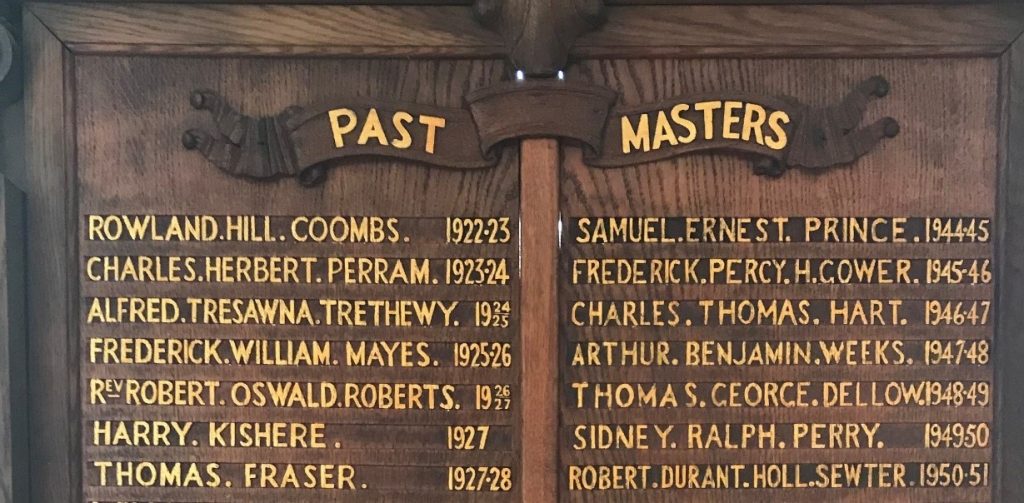
Source
Cambridge Independent Press December 10th, 1853. Bedfordshire Times and Independent 22nd March 1929. Leighton Buzzard Observer Tuesday March 9th, 1880. The British Medical Journal 1929. Leighton Buzzard Observer 24th July 1883. Census 1851-1901. Linda Ayres 27 October 2018

